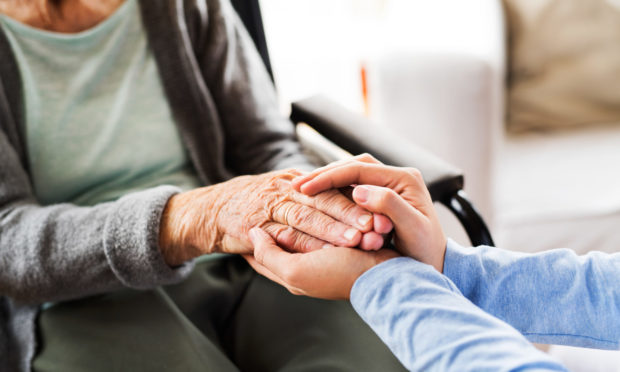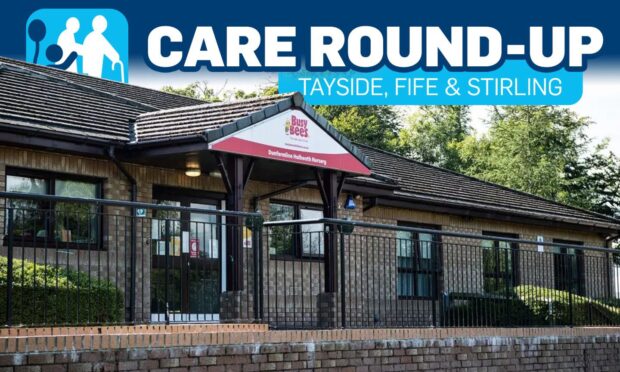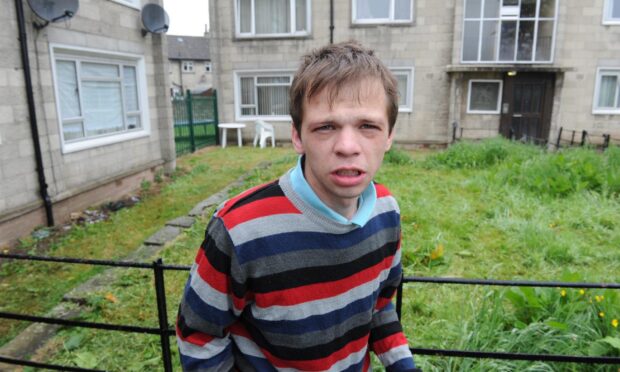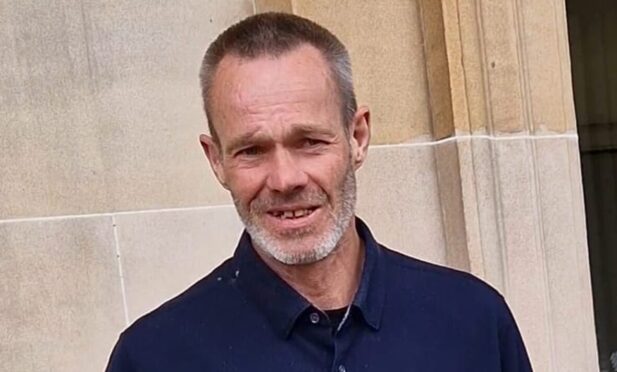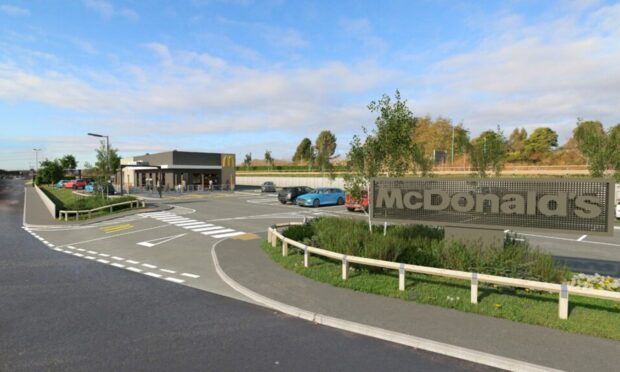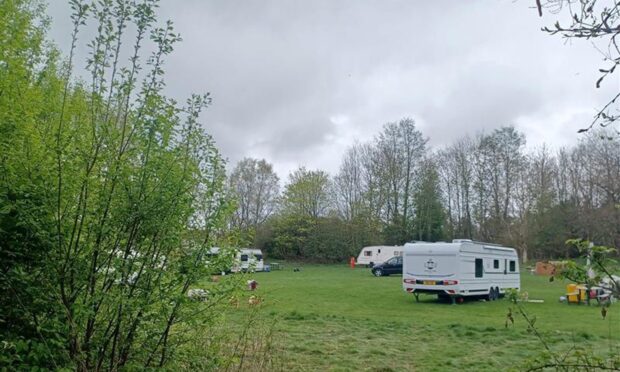A distraught son fears he may not see his mother alive again after he was suddenly told he cannot visit her at her window in a council-run care home.
Ian Simpson, whose 90-year-old mother is a resident at Dundee’s Menzieshill House, was able to organise window visits up until two weeks ago.
In line with care homes across the country, the council-run home has limited each resident to just one allocated visitor once per week — meaning only Ian’s brother will be allowed access.
It follows Scottish Government guidance mapping out a staged approach to visiting in homes.
However, Ian says there is “no logic” to the policy and questioned why a caring society would prevent loved ones from seeing each other “unnecessarily”.
He said: “As far as I understand, this virus cannot get through glass so what’s the risk?
“Policy is meant to be shaped on science but I can’t understand this.
“I just want to see her. It doesn’t make sense. If she was admitted to hospital I could visit her fine.
“Anything could happen to her in the next few weeks and I’m scared I might not get the chance to see her again.”
Scottish Government guidance on visits published on June 25 states the “individual views and needs of each resident” must be considered and policies should be “person-centred”.
It also states “blanket” policies for all care homes, or all residents with particular characteristics, “must be avoided”.
Dundee City Council say the rules have been put in place to protect residents.
Ian’s mother is also hard of hearing making telephone conversations extremely difficult.
He says she is often left confused and asks why he is not visiting her anymore.
He said: “It’s really upsetting. There’s no common sense. She keeps asking why I am not visiting and it’s so hard to explain.
“We moved her to Menzieshill House about a month ago and she was allowed window visits. It was the same at the home she was in before during the pandemic.
“Nobody has engaged with us as part of the apparent person-centred approach.
“I think authorities are so scared to put a foot wrong now. It’s not the fault of the staff — they’re just following orders.
“It’s a backward step. We saw people visiting loved ones at windows all through the pandemic.”
A Dundee Health and Social Care Partnership Spokesperson said: “We are working with the Scottish Government, NHS Tayside and Health Protection Teams to ensure the safety of all our residents and staff during this difficult time.
“Visits to care homes will need to be managed in order to minimise the risk of infection, for the safety of all our residents, their visitors and our staff, and to give extra protection to residents who are Shielding.
“In line with current Scottish Government guidance, only essential visits and garden visits with one key designated visitor are permitted to take place at this time.
“We understand that this may be difficult and are grateful that families are working with us to reintroduce visiting in a safe manner. If anyone has any concerns, please contact us directly.”
When asked about the new rules, a Scottish Government spokesperson said window visits can continue where safe to do so but stressed this may not always be practical and would need to be made on an individual care home basis.
The spokesperson said: “We recognise how hard it is for care home residents and their families to be unable to have regular face-to-face contact during the pandemic and the impact of this on quality of life.
“On 25 June, the Scottish Government published guidance outlining a staged approach to the safe introduction of visiting in care homes during the COVID-19 outbreak, with each stage allowing further visiting options for family and friends.
“From 3 July, residents were able receive outdoor visits from one designated visitor with appropriate PPE and social distancing in place in homes that have had no outbreak or have been 28 days since last COVID-19 symptoms of any resident or staff member.
“Essential visits can continue throughout, for end of life and in exceptional circumstances where a visitor may help to ease significant personal distress.”
